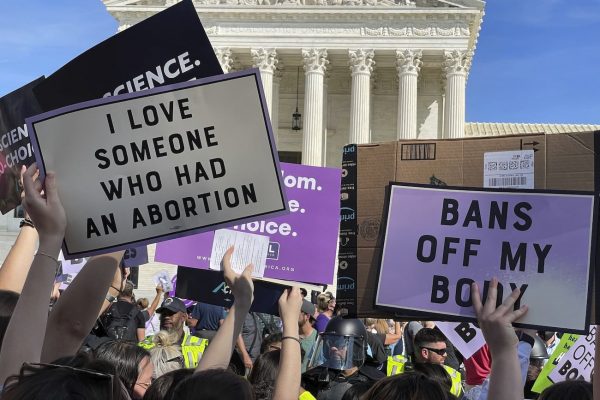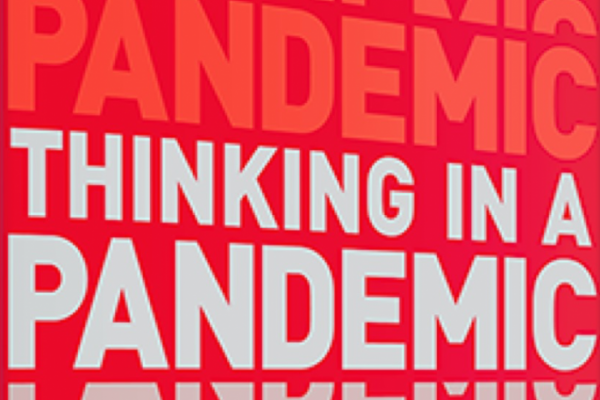The furious to-do about Obamacare has obscured a basic fact about modern Americans: most of us, certainly the middle class, are sheltered by a complex web of insurance. Some insurance coverage is privately provided, such as life, accident, fire, flood, travel, liability, burial, and consumer product insurance. And some is government-provided or -required: Social Security, Medicare, unemployment, bank deposit, car, health, mortgage, food, crop, disaster insurance, and so on. All of these, without which American middle-class life as we know it would not be recognizable, are relatively recent developments. It is not that insurance per se and even complex versions of it are new; merchants have hedged their commercial gambles for millennia. What is new in the last roughly 150 years is the extent to which average people have gotten access to financial devices which, by sharing risks, have reduced the economic uncertainties in their lives.
This development, told in part by historian Jonathan Levy in a multiple award-winning 2012 book, Freaks of Fortune: The Emerging World of Capitalism and Risk in America, was not without political and moral controversy. Moreover, the consequences of reducing individual Americans’ insecurity have more than once introduced great national economic uncertainty.
Creating a Thing Called Risk
Early Americans well understood that life and making a living were precarious. They typically “insured” themselves by tactics such as diversifying crops, having many children, taking in boarders, and sharing with neighbors. Insecurity still reigned (see Made in America, Ch. 2).
In the nineteenth century, new financial inventions, emerging from the world of commerce and bolstered by the developing science of statistics, spread to farmers and industrial workers. These contracts provided hedges for the worst that might happen; they entailed “risk management.” The chances of a loss—of a crop that failed, a limb that was mangled by a machine, a breadwinner who died, and so on—could be estimated and its expected value priced. That risk is something that one could pay another party to absorb. Someone else – a business, an association like a fraternal society, or the government—would, for a fee, accept the risk entailed in farming or industrial work or living and, should the worst happen, pay off the victim of misfortune (or his heirs).
Just as merchants’ insurance was critical for making large-scale, long-distance trade possible, these kinds of insurance made feasible much more economic activity by many more people: buying homes, driving cars, saving money, and so on. Along those lines, much of the New Deal was devoted to providing not the funds for economic activities, but the insurance for them (see, e.g., here).
However, as Levy describes the story, the logic and the morality and the politics of such widespread risk management was far from clear as it developed in the nineteenth century.
Contention
The idea of off-loading risk and putting a dollar value on it offended some theologically. It was as if people were second-guessing the will of God. It also had the flavor of gambling – the insurance-buyer betting, in a sense, that his house could well burn down and the insurer betting that it would not. Putting dollar values on people’s lives, as well as gambling on them, was the most distasteful aspect of insurance. Levy quotes an 18th-century French writer that it is “odious that [a person’s] death should form matter of mercantile speculation.” (Viviana Zelizer’s books – [e.g., here; here] – are classic studies of this moral debate.)
Also controversial was the “socialism” of insurance. Risk-sharing, whether through voluntary groups like burial societies, or through insurance companies, or through government, is “socialized” risk. In effect, everyone picks up part of the cost of an individual’s misfortune. This, critics felt, undermined Americans’ independence and self-reliance. Levy quotes Thoreau’s disgust, in 1854, with someone who “ventures to live only by the aid of the mutual insurance company.”
The insurance business and other risk-management techniques, such as trading in commodity futures, were also controversial because of the unregulated nature of the markets. Major companies, armed with expertise, large amounts of capital, and paid-for politicians, extracted far more than a risk-balancing fee for their services. For example, the early life insurance companies largely thrived on the instability of policyholders’ incomes. In the early 1900s, over 60 percent of Metropolitan Life’s New York policyholders had lapsed in payments within five years, losing their investments, and providing the company with vast income that it could pocket without having to “socialize” any risk. These days (days Levy doesn’t cover), insurance is a heavily regulated industry, but that certainly does not mean that controversy over rates and payments has ceased.
Bigger Risks
Although Americans of today live much more secure lives than our nineteenth-century ancestors did, thanks in part to insurance (and to public policy), they are not as secure as people in other western nations and probably not as secure as Americans were a couple of decades ago (see, e.g., here). Janet Yellin, the new head of the Federal Reserve, wrote several years back, even before the Great Recession, that “involuntary displacement from permanent jobs, due to layoffs or downsizing, is important and has been on the rise over the past two decades. In particular, rates of worker displacement are up relative to measures of overall labor market conditions.” The economy seems to have become increasingly volatile (more here and here).
The risk management business itself, Levy points out, periodically contributes to that volatility. Once risk is a thing that can be bought and sold, it can be re-sold, packaged, diced, and re-sold again; it becomes an object of financial speculation. The securitization bubble in real estate mortgages that brought on the recent Great Recession had precedents. In the late 1800s, many western farmers took out mortgages to finance expansion and hedge their investments. Brokers resold the mortgages to speculators who resold them yet again. The Panic of 1893 ended that: “Almost all of the mortgage-backed securities corporations went bankrupt.”
The repackaging and reselling of notes such as mortgages or insurance policies makes sense as a hedging, risk-distributing system. (For example, insurance companies with big liabilities will insure each other to cushion the risk.) But, it also creates a complex house of cards that, without proper controls, can put the entire economy at severe risk—“socializing,” one might say, the collective danger even as it protects the individual insured.








